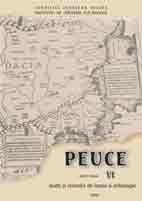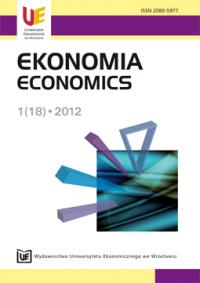Transitional Justice in the Context of Ethiopia
Transitional Justice in the Context of Ethiopia
Keywords: Transitional justice; Democracy; Ethiopia; Authoritarianism; Transitional Government; Universalism
Leadership and governance are very important aspects of living in any civilized society. It is however, imperative to note that leadership unfolds over time in different models, ideologies and approaches, by the different leaders. This gives connotation to the concept of transitional justice to ensure a smooth and meaningful change of power or leadership from one model or person to another to avoid despotism and anarchy. This paper debates the ideology of transitional justice and its focus on the subject of how societies should transit from authoritarian rule to democracy in order to address a persistent history of massive human rights abuses. This piece of work brings light on how societies across the world ought to deal with their evil pasts. The paper fronts Ethiopia as a case study to have an in-depth perspective of the trends and dynamics involved in transitional justice. The discussion is specifically limited on Ethiopia, focusing mainly on the transition which took place in 1991. The paper circumspectly handles key democratic issues in governance and in that respect shades light on what the concept of transitional justice is and its implications in governance and social relations of any country. It gives insights into how Ethiopia dealt with its past after the transition, discusses the lessons learnt, and the common alternatives always available to both government leaders and the populace in dealing with their past.
More...

